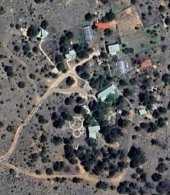
 4
4











 3
3



















"Do the best you can in the place where you are, and be kind." - Scott Nearing
 4
4




“Your brothers can be released,” said she, “if you have only courage and perseverance. True, water is softer than your own delicate hands, and yet it polishes stones into shapes; it feels no pain as your fingers would feel, it has no soul, and cannot suffer such agony and torment as you will have to endure. Do you see the stinging nettle which I hold in my hand? Quantities of the same sort grow round the cave in which you sleep, but none will be of any use to you unless they grow upon the graves in a churchyard. These you must gather even while they burn blisters on your hands. Break them to pieces with your hands and feet, and they will become flax, from which you must spin and weave eleven coats with long sleeves; if these are then thrown over the eleven swans, the spell will be broken. But remember, that from the moment you commence your task until it is finished, even should it occupy years of your life, you must not speak. The first word you utter will pierce through the hearts of your brothers like a deadly dagger. Their lives hang upon your tongue. Remember all I have told you.” And as she finished speaking, she touched her hand lightly with the nettle, and a pain, as of burning fire, awoke Eliza.
 3
3








Sean Pratt wrote:great thread! i didnt know much about nettles for cordage before this. My girlfriend crochets constantly and im starting to relies how many things we could make 100% off our land if i just had a fiber crop of some sort. so far no luck with nettles. Kai me and Sara sowed some seeds in a local wet spot and i haven't seen any plants yet . but when we do have some nettles be sure we will be Nettle-A-Long with you!
In Awe,
Joe
 1
1




Thebvo Project wrote:I need help on finding the right Latin name for the plant.
Please guide how I could go about it.
Regards,
Ritika
In Awe,
Joe
 2
2




“Peace is not absence of conflict, it is the ability to handle conflict by peaceful means.” —Ronald Reagan
Located in Western West Virginia



 1
1




r ranson wrote:
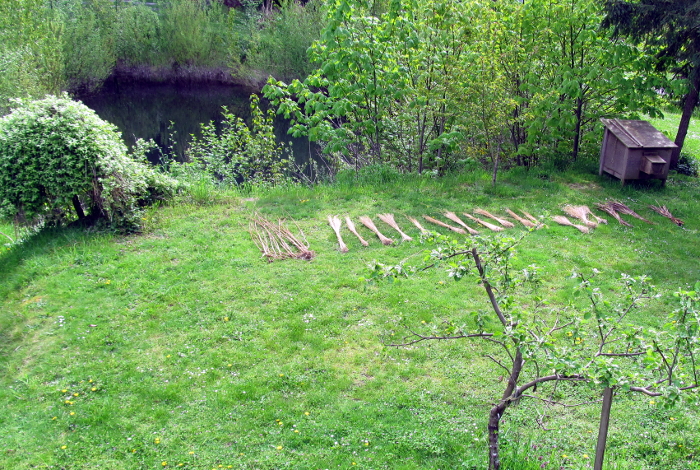
I put out my retting this week, including some nettles I harvested a while back.
“Peace is not absence of conflict, it is the ability to handle conflict by peaceful means.” —Ronald Reagan
Located in Western West Virginia



 1
1




"Also, just as you want men to do to you, do the same way to them" (Luke 6:31)










Zack Walker wrote:Happy to find this thread, I did my own experiment this fall and wanted to report back.
My Nettle Processing Album on Imgur
I attached all the pics to this post in case the link dies, first time posting so hope it works ok.
Some high points:
...
 1
1




 2
2




'What we do now echoes in eternity.' Marcus Aurelius
How Permies Works Dr. Redhawk's Epic Soil Series
 2
2











 3
3




Clothing from nettle in Russia.
In Russia, the end of the century there were skilled people who weaved and spilled from everything that was at hand: from Ivan tea, repaynik, bursts, swans and even boiled pine needles.
In old times, the so-called ′′ forest wool ′′ was known - fiber material extracted from pine needles.
In order to get ′′ pine wool ′′ the needles were steamed, boiled in a cheek, brushed, laundered and dry. The received fiber went to the production of warm knitted things. ′′ Pine ′′ clothes were considered not only warm, but also very useful, preventing rheumatism.
Willow prudens, wild rye stems (Tuveiki) and birch are used in the manufacturing of traditional products. Quite often they use another fiber plant growing on wastelands and hills - a narrow Cyprus called Ivan tea among the people. With the stems made in the fall, Ivan - tea is careful to remove the skin, divide it into fiber, dry it and remove it for storage.
Part of the harvested material is painted with the decoction of rusty moss collected on the swamp, containing iron oxide, black. To give the fiber gloss, fish fat is added to the coloring solution. While alternating dark and light fiber, masters decorate the surface of the products in geometric patterns.
Nettle also made fabrics. They were quite widespread.
It was very popular in the Middle Ages, but in the XVI century she replaced cotton, which was easier to collect and spice. During the First World War, Nettle was recalled again. Germany was shortage of cotton, and German uniforms began to make from nettle. New developments in weaving technology can make it the latest fashion sand.
Nettle yarn is softer than flax, because it is made of hollow stems, and for the same reason it has better thermal conductivity. It's cool in nettle clothes in summer, and it's warm in winter. It is believed that such clothes also have healing properties - it saves from sciatica and migraine, helps with rheumatism. And, of course, protects against evil enchantments and bad eyes. In addition, nettle clothes have antiseptic, antifungal properties and obstructs electrostaticity.
Nettle is collected in spring. This is a ready-made trust that nature itself has taken care of - autumn rains and fogs, winter frost and spring thaw. Made of long and thin fibers - kudel - weaved thick canvases - then sewed sundresses, shirts, towels, bed linens - everything necessary for a decent dowry. Canvas whitened on dew and snow, boiled wood ash in a decoction or painted daisies and vasilkív.
Made of short and rough fibers - crumbs and scrapes - weaved a rough and rare canvas - a so-called row that went to bags, blankets, softwares and capes on carts.
Ropes and ropes were wiggled out of indescribable fiber. At first, the fiber was soaked in the oak bark decoction for strength during the day. Then divided into two parts, one of which was painted black with a booth of rusty moss. Twisted two colors ropes struck with the gravy and unique pattern!
Linen, hemp, bamboo, nettle have antiseptic, antifungal action, remove electrical statistics. For a city man, such an outfit is a step towards nature.
Nettle waste was used as a paklu to lay between logs and to make cracks while building a new hut. Nettle yarn knitted rough slippers that were worn without removing, under rheumatism, belts, warming lower back with sciatica and caps that made any migraines pass on their head.
Back in 4000 BC people used nettle to make clothes. The soldiers of the French Emperor Napoleon also wore a ′′ burning ′′ uniform. This plant actually has several advantages over flax. First of all, the yarn is softer because it is made not from leaves, but from hollow stems. Secondly, due to the same cavity, it has better thermal conductivity than linen. It's cooler in summer, and in winter it's warmer. Thirdly, nettle yarn is much cheaper than linen and its production process does not pollute the environment much.
Similar to linen and hemp, nettle is one of the oldest fiber plants a person has learned to process.
Now nettle and other plants have been replaced by linen and cotton, which is grown on an industrial scale and in huge quantities. But growing cotton is a huge harm to the environment! About a quarter of all pesticides used in the world apply
on cotton plantations, draining the soil, polluting the air and water bodies! Besides that, cotton grows only in a certain climate, it has to be transported at huge distances.
Nettle is much softer, thinner, silky and elastic hemp, cheaper in growing and manufacturing than linen, and there is nothing to talk about the environmental side of the issue. What chemicals, fertilizers, specific climate is a weed! Nettle is not scary neither rain nor drought, just give it freedom - will cover the entire territory of Europe with its overgrowns. More than 40 types of insects and small birds will be found in the overgrowns of these.
The production of cotton, so loved by many, is greatly harmful to the environment. The plant needs a lot of water and regular treatment with pesticides and herbicides that protect it from insects and weeds. About a quarter of all the pesticides used in the world spread over cotton plantations. Their remains are polluted by air and water bodies. In addition, cotton grows only in a certain climate, it has to be transported at huge distances.
For the sake of justice, it should be said that nettle fiber was not forgotten by all adults. Even nowadays, they are used to stain threads, preferring to buy, indigenous people of Kamchatka and Priamuria. Durable and durable threads go to weaving bags, baskets and various boxes.
Одежда из крапивы на Руси.
На Руси испокон века находились умельцы, которые ткали и пряли из всего, что под руку попадалось: из иван-чая, репейника, лопухов, лебеды и даже вареных сосновых иголок.
В старину известна была так называемая «лесная шерсть» – волокнистый материал, извлекаемый из сосновых иголок.
Для получения «сосновой шерсти» иглы распаривали, вываривали в щелоке, расчесывали, отмывали и сушили. Полученное волокно шло на изготовление теплых вязаных вещей. «Сосновая» одежда считалась не только теплой, но и очень полезной, предупреждающей ревматизм.
При изготовлении традиционных изделий применяются ивовые прутья, стебли дикой ржи (тувейки) и береста. Довольно часто используют и другое волокнистое растение, растущее на пустырях и гарях, — кипрей узколистый, называемый в народе иван-чаем. С заготовленных осенью стеблей иван — чая осторожно снимают кожицу, разделяют ее на волокна, сушат и убирают на хранение.
Часть заготовленного материала окрашивают отваром собранного на болоте ржавого мха, содержащего оксид железа, в черный цвет. Чтобы придать волокнам глянец, в красящий раствор добавляют рыбий жир. Чередуя в определенном порядке темные и светлые волокна, мастера украшают поверхность изделий в геометрическими узорами.
Из крапивы тоже делали ткани. Они были достаточно широко распространены.
Вещи из неё были очень популярны в Средневековье, но в XVI веке ей на смену пришел хлопок, который проще было собирать и прясть. Во время Первой мировой войны о крапиве вспомнили вновь. Германия испытывала дефицит хлопка, и немецкие униформы стали делать из крапивы. Новые разработки в технологиях плетения могут сделать её последним писком моды.
Пряжа из крапивы мягче, чем из льна, потому что делается из полых стеблей, и по этой же причине обладает лучшей теплопроводностью. Летом в крапивной одежде прохладно, а зимой тепло. Считается, что такая одежда обладает еще и целительными свойствами - спасает от радикулита и мигреней, помогает при ревматизме. И, разумеется, охраняет от злых чар и дурного глаза. Кроме того, одежда из крапивы обладает антисептическим, антигрибковым свойством и препятствует электростатичности.
Крапиву на прядение собирают весной. Это готовая треста, о качестве которой позаботилась сама природа – осенние дожди и туманы, зимний мороз и весенняя оттепель. Из длинных и тонких волокон – кудели – ткали плотные холсты – потом шили сарафаны, рубахи, полотенца, постельное белье – все необходимое для достойного приданого. Холсты отбеливали на росе и снегу, вываривали в отваре древесной золы или подкрашивали отваром ромашки и васильков.
Из коротких и грубых волокон – изгребья и пачесей – ткали грубое и более редкое полотно – так называемую ряднину, которая шла на мешки, одеяла, подстилки и накидки на возы.
Из непряденых волокон вили веревки и канаты. Сначала волокна в течение суток вымачивали в отваре дубовой коры для прочности. Затем делили на две части, одну из которых окрашивали в черный цвет отваром ржавого мха. Скрученные из волокон двух цветов веревки поражали затейливостью и неповторимостью рисунка!
Лен, конопля, бамбук, крапива обладают антисептическим, антигрибковым действием, снимают электростатику. Для городского человека такой наряд– шаг к природе.
Отходы крапивы использовали, как паклю, для прокладки между бревнами и заделывания щелей при строительстве новой избы. Из крапивной пряжи вязали грубые носки-тапочки, которые носили, не снимая, при ревматизме, пояса, согревающие поясницу при радикулите и шапочки, от появления которых на голове проходили любые мигрени.
Еще в 4000 году до н.э. люди использовали крапиву для изготовления одежды. «Жгучую» форму носили также солдаты французского императора Наполеона. Это растение на самом деле имеет несколько преимуществ перед льном. Во-первых, пряжа из нее мягче, потому что делается она не из листьев, а из полых стеблей. Во-вторых, вследствие той же полости она обладает лучшей теплопроводностью, чем льняная. Летом в ней прохладнее, а зимой – теплее. В-третьих, пряжа из крапивы значительно дешевле льняной и процесс ее производства не так сильно загрязняет окружающую среду.
Подобно льну и конопле, крапива — одно из самых древнейших волокнистых растений, которые человек научился обрабатывать.
Сейчас крапиву и другие растения заменили льном и хлопком, который выращивается в промышленных масштабах и в огромных количествах. Но выращивание хлопка наносит огромный вред окружающей среде! Около четверти всех пестицидов, используемых в мире, применяется
на плантациях хлопка, истощая почву, загрязняя воздух и водоемы! Кроме этого, хлопок растет только в определенном климате, его приходится перевозить на огромные расстояния.
Крапива гораздо мягче, тоньше, шелковистей и эластичней конопляных, дешевле по выращиванию и производству, чем льняные, а про экологическую сторону вопроса и говорить нечего. Какие химикаты, удобрения, специфический климат – это же сорняк! Крапиве не страшны ни дожди ни засухи, только дай ей волю – покроет своими зарослями всю территорию Европы. А в зарослях этих тут же найдут приют более 40 видов насекомых и маленьких птичек.
Производство хлопка, так любимого многими, наносит огромный вред окружающей среде. Растению требуется много воды и регулярная обработка пестицидами и гербицидами, защищающими его от насекомых и сорняков. Около четверти всех пестицидов, используемых в мире, распространяется над плантациями хлопка. Их остатки загрязняют воздух и водоёмы. Кроме того, хлопок растёт только в определённом климате, его приходится перевозить на огромные расстояния.
Справедливости ради следует сказать, что крапивные волокна были забыты не всеми взрослыми. Даже в наше время их используют для прядения ниток, предпочитая покупным, коренные жители Камчатки и Приамурья. Прочные и долговечные нити идут на плетение сумок, корзин и разнообразных коробок.
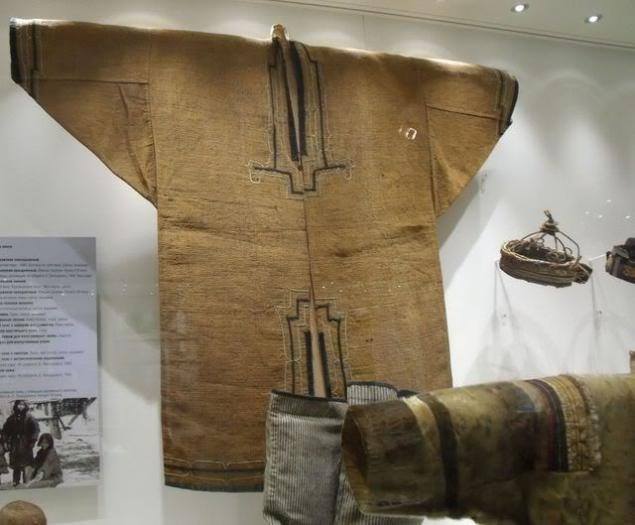















"Also, just as you want men to do to you, do the same way to them" (Luke 6:31)




 5
5




 6
6











 1
1



















 4
4




Inge Leonora-den Ouden wrote:That looks very interesting Nicole. I hope there's someone who really knows Russian and will give a good translation. I don't know if the translation now is OK or not, but often such translations are somewhat off ...
'What we do now echoes in eternity.' Marcus Aurelius
How Permies Works Dr. Redhawk's Epic Soil Series
 2
2











 5
5











 4
4










 2
2




"Also, just as you want men to do to you, do the same way to them" (Luke 6:31)
 3
3








 3
3










 4
4




"Also, just as you want men to do to you, do the same way to them" (Luke 6:31)






 3
3




"Also, just as you want men to do to you, do the same way to them" (Luke 6:31)
 5
5




Whathever you are, be a good one.
___________________________________






 6
6




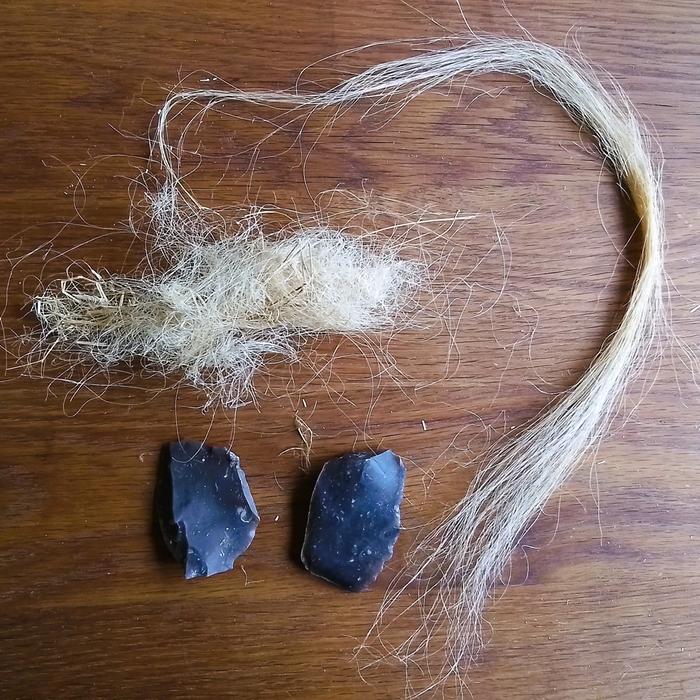
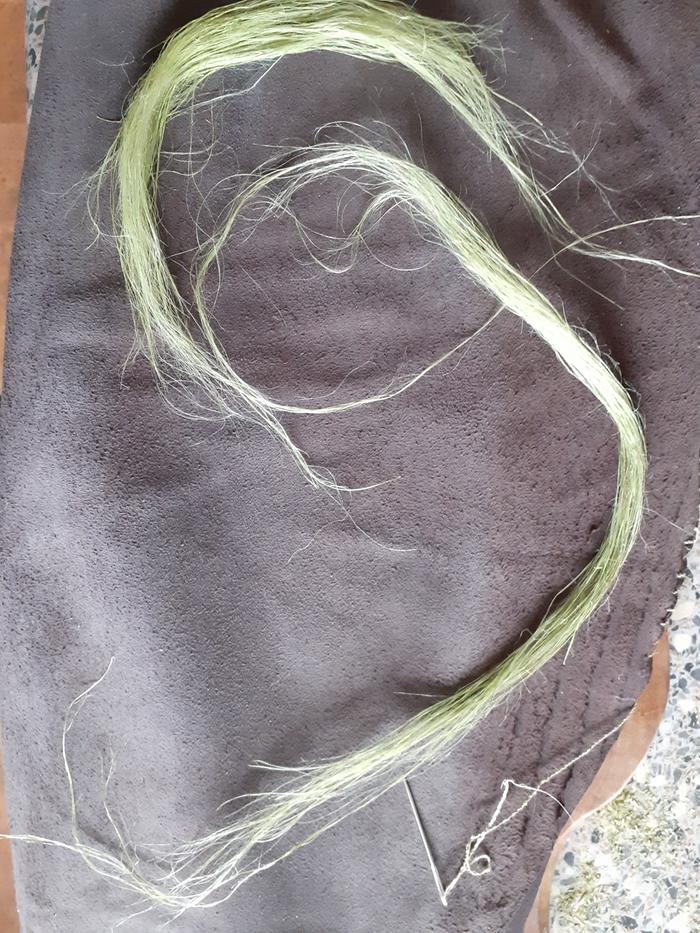
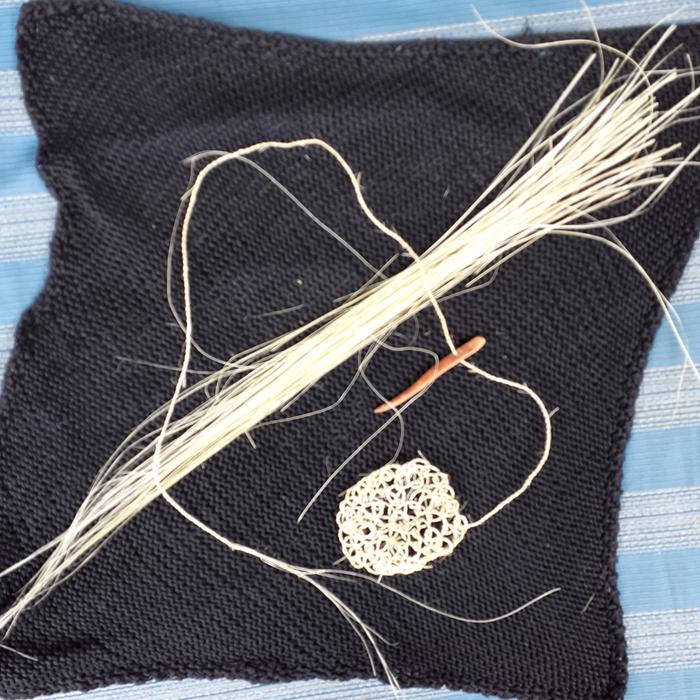
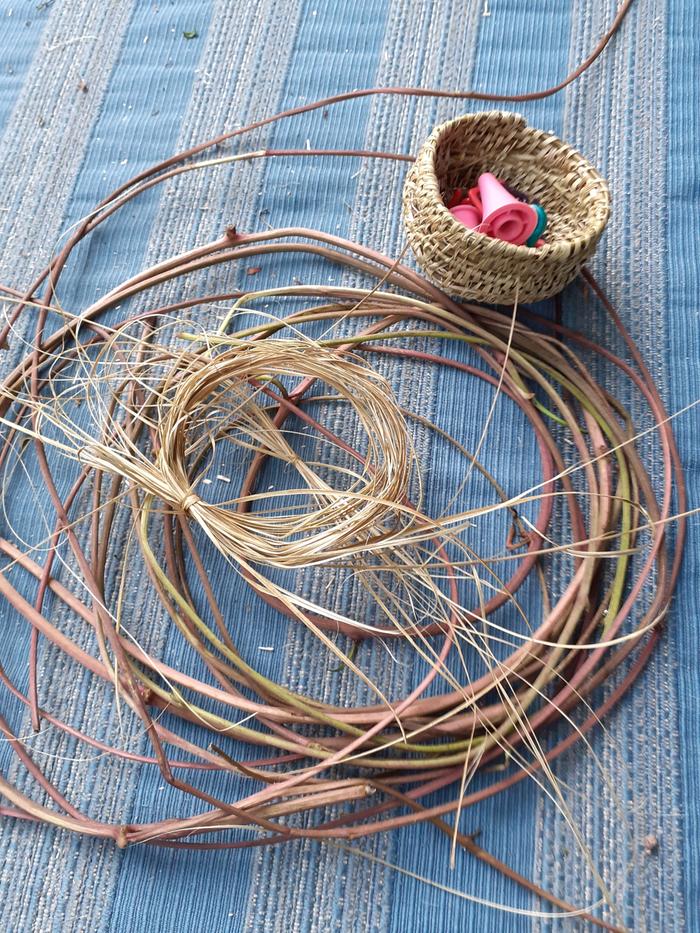
"Also, just as you want men to do to you, do the same way to them" (Luke 6:31)






 7
7




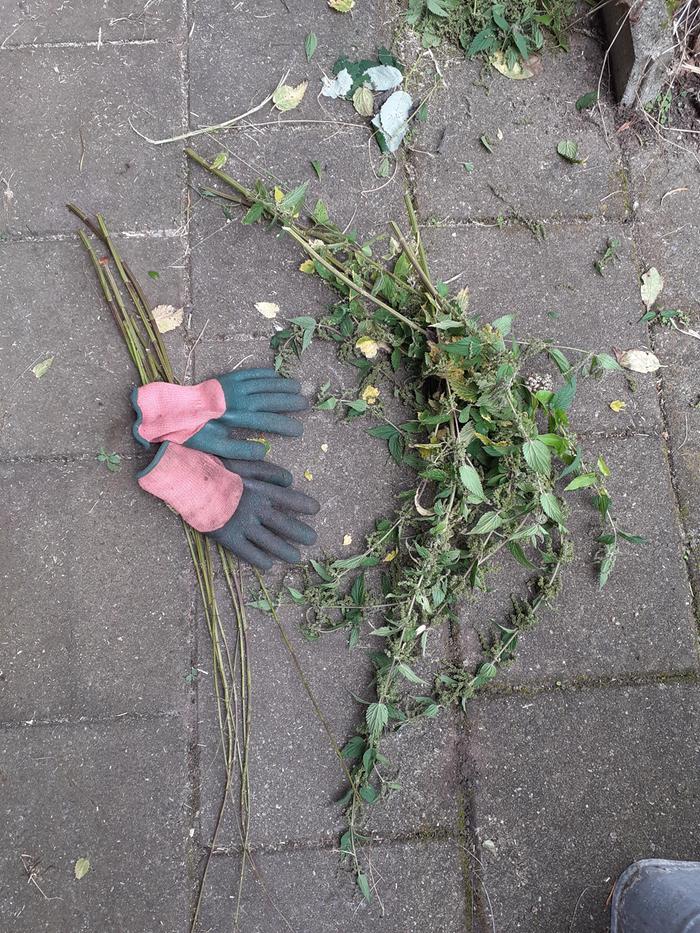
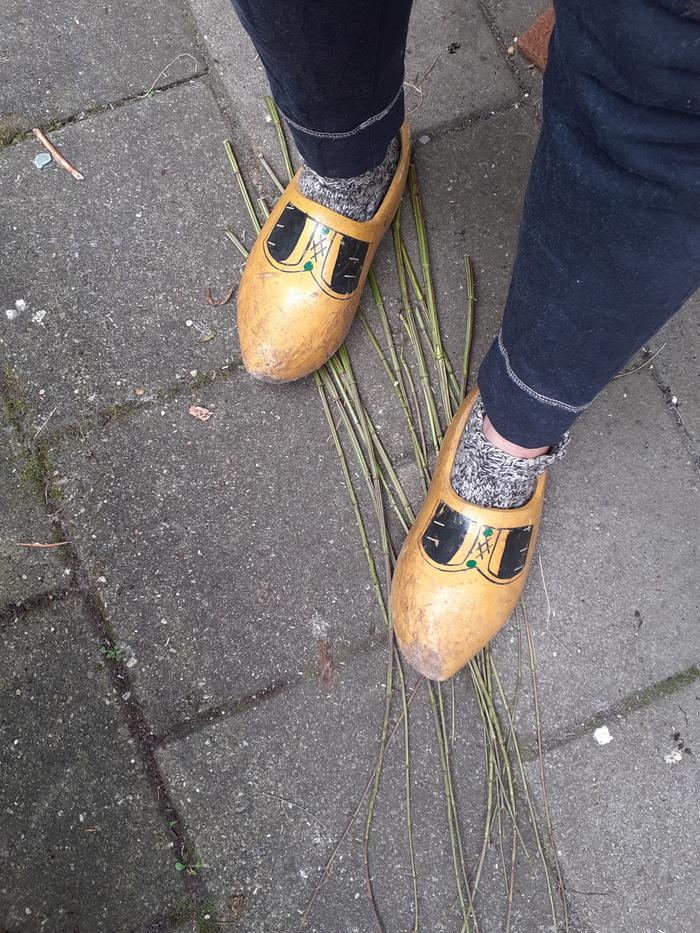
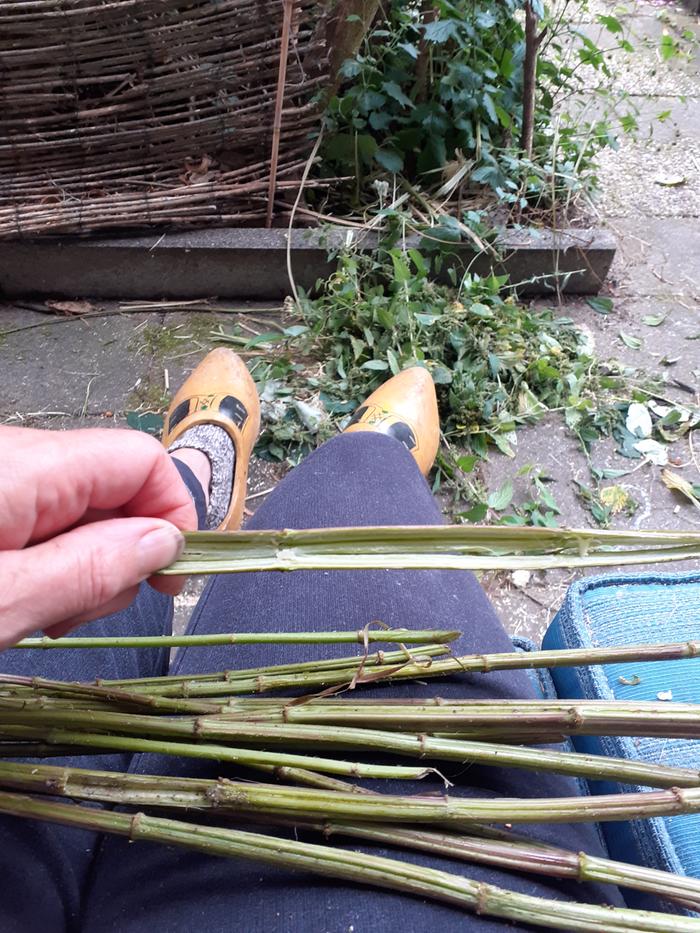
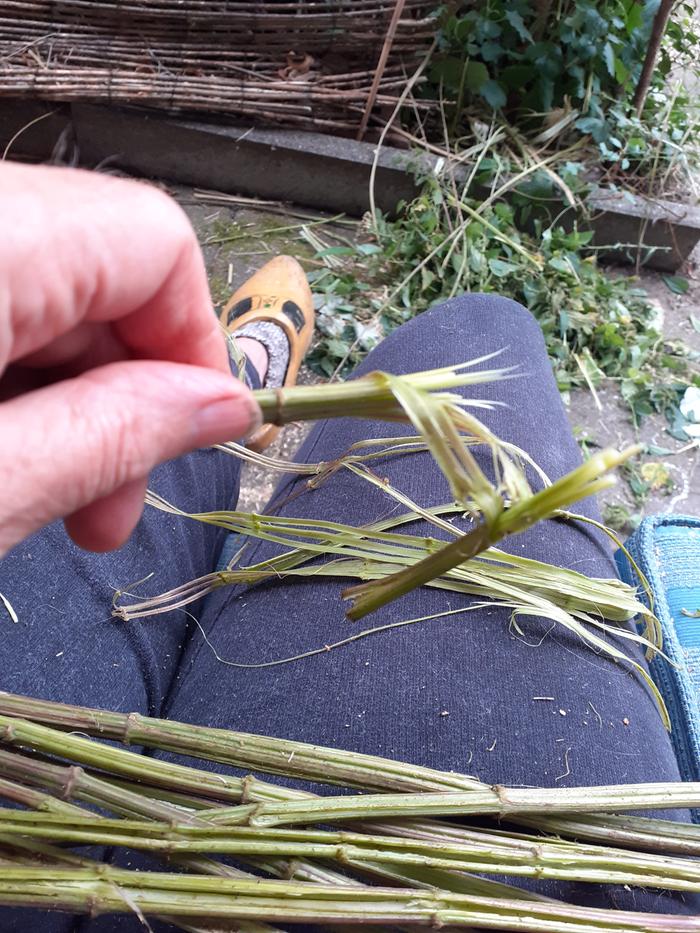
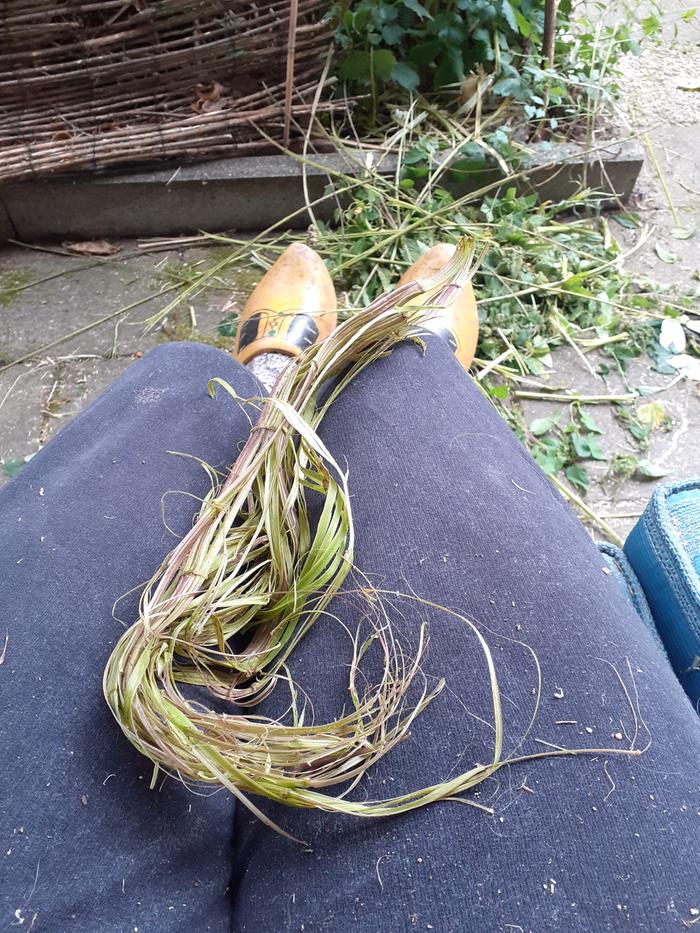
"Also, just as you want men to do to you, do the same way to them" (Luke 6:31)






 5
5




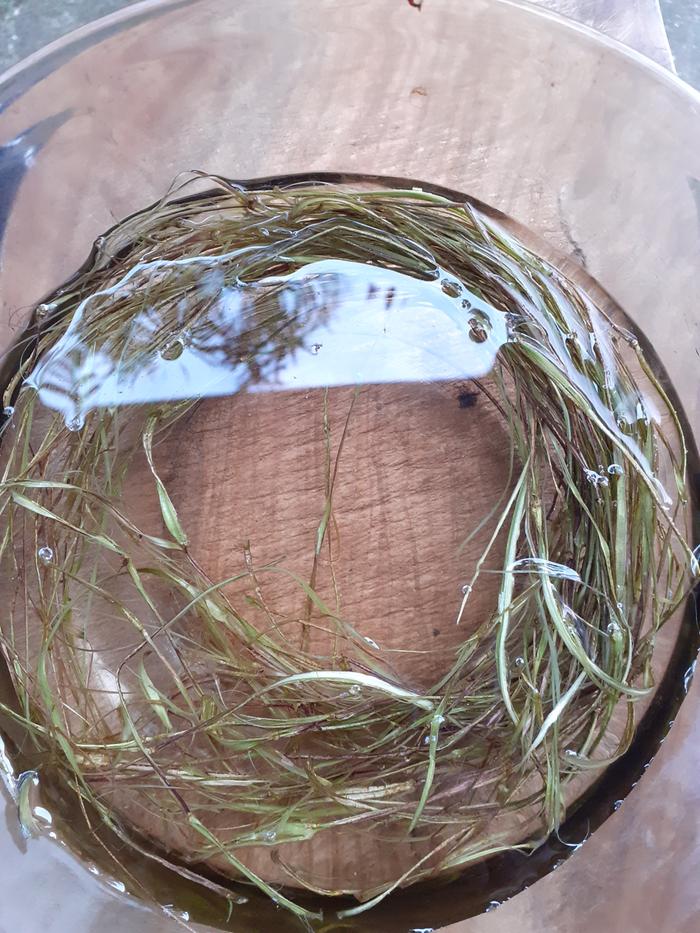
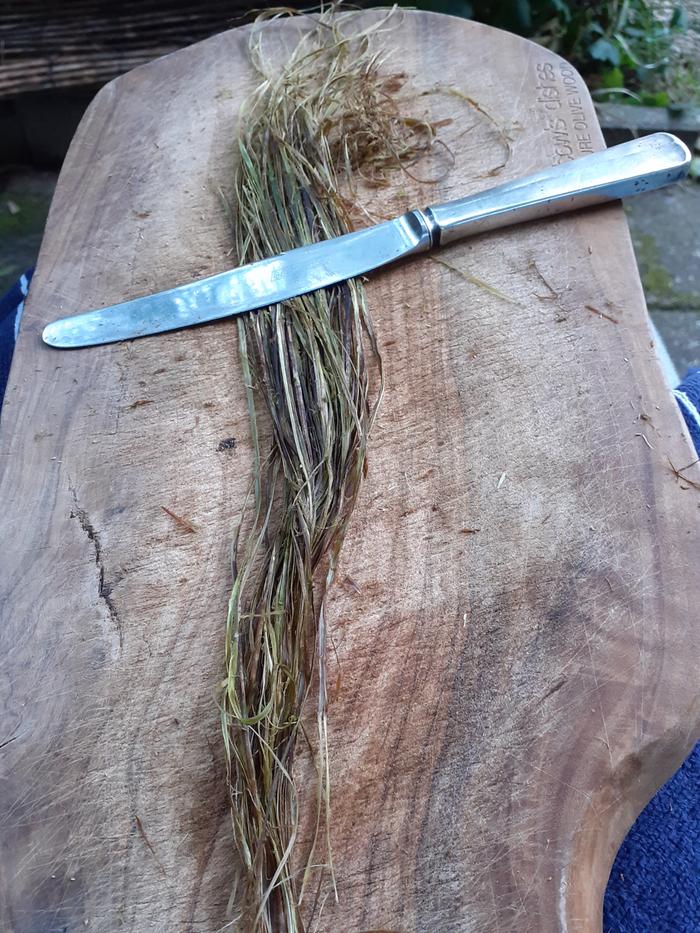
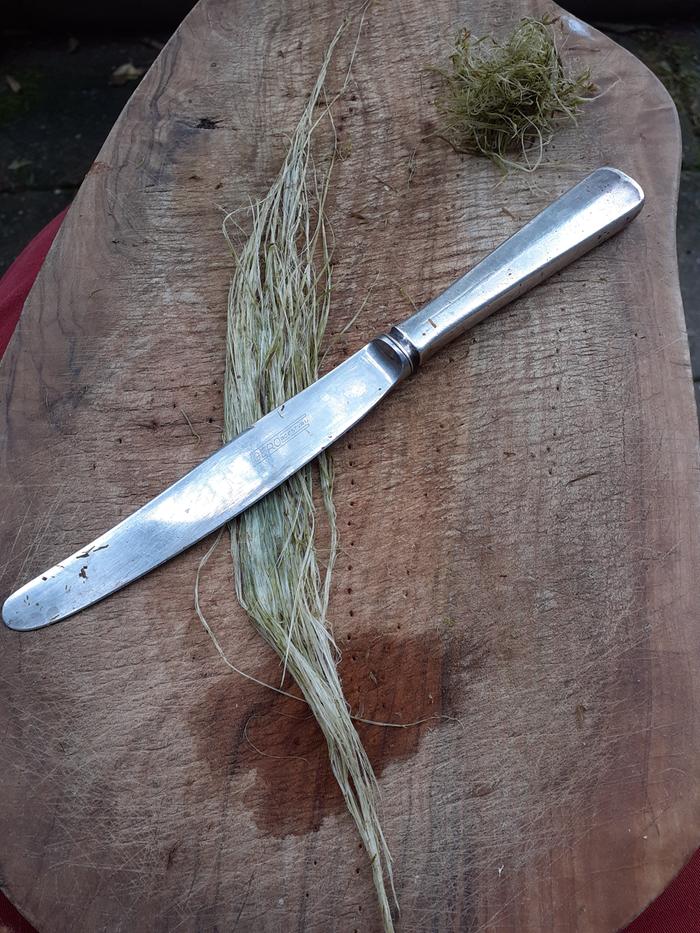
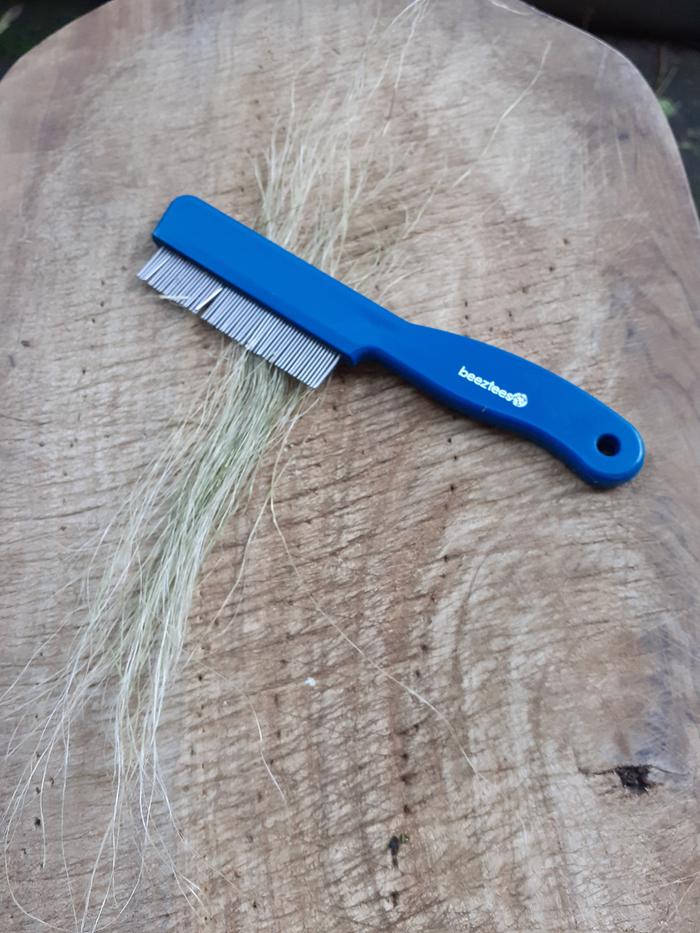
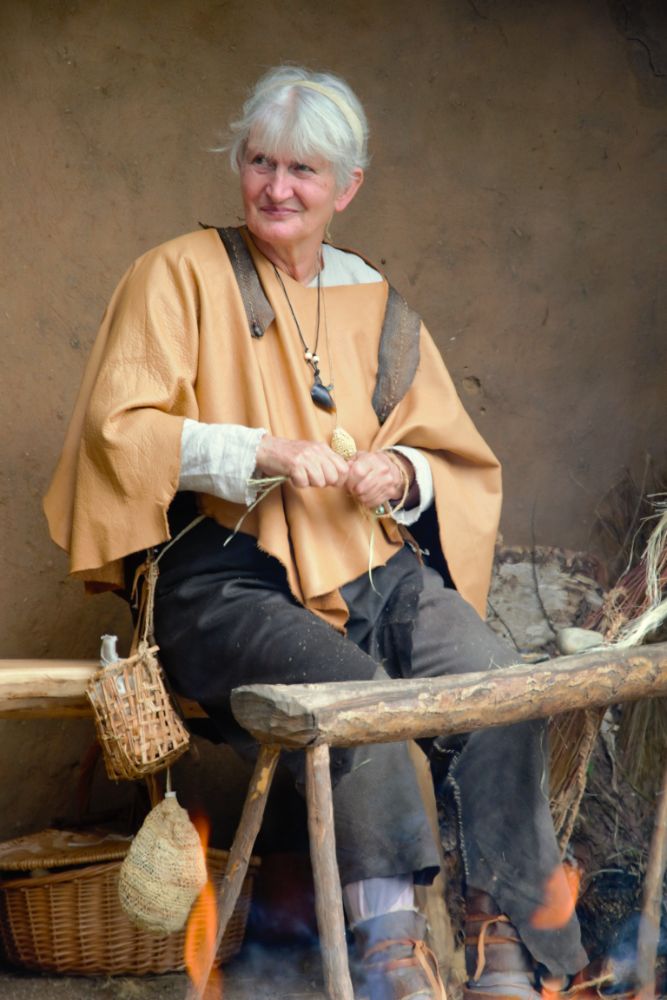
"Also, just as you want men to do to you, do the same way to them" (Luke 6:31)

 3
3




Inge Leonora-den Ouden wrote:So I forgot about this thread. Starting last year I did several things with plant fibers. Probably it was because of Sally Pointers videos (and her Instagram posts) it happened that I became an 'educative re-enactor' (I think that's how to call it) at the Hunebedcentrum, showing how people in the Stone-age made fibers out of plants and then used those fibers to make string/cordage. For those demonstrations that's enough, but for myself I go on and use that cordage to make things in different techniques: looping (simplest needle-binding), plying, basket making.
Now I have a collection of fibers I made out of different plants: nettle, flax, horseradish, burdock, corn, sansevieria, ... Not all are suited for those 'stone-age' demonstrations, because not all of those plants grew here (in the Netherlands) back then. The sansevieria still only grows here as a houseplant, indoors.

the horseradish fiber is not that fine, but good to use for making bags in looping technique.
Working toward a permaculture-strong retirement near sunny Sperling.






 4
4




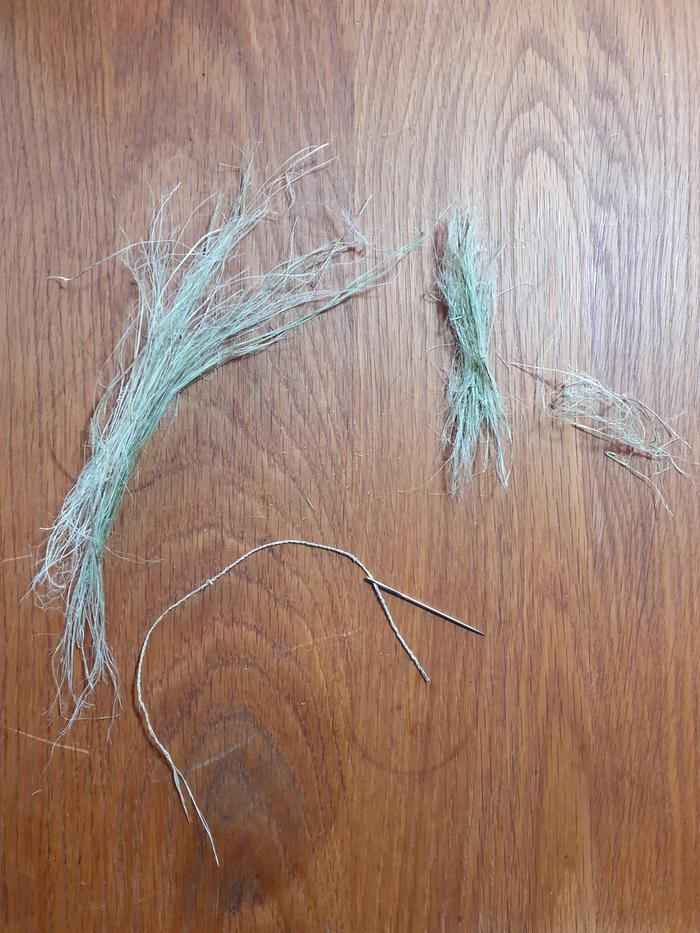

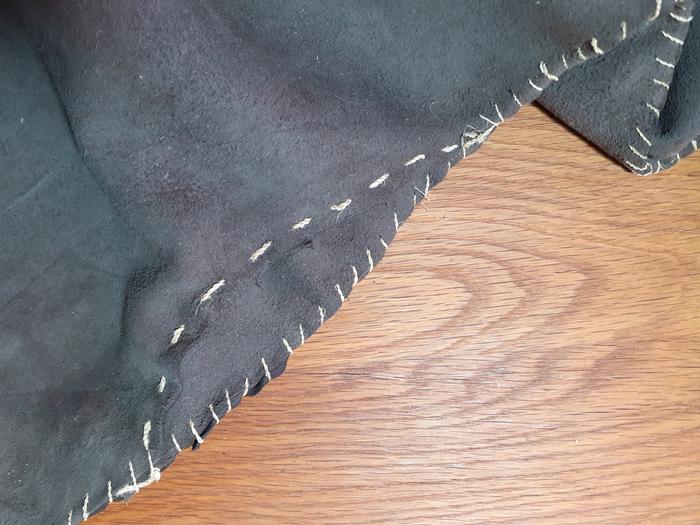
"Also, just as you want men to do to you, do the same way to them" (Luke 6:31)
 4
4




Visit Redhawk's soil series: https://permies.com/wiki/redhawk-soil
How permies.com works: https://permies.com/wiki/34193/permies-works-links-threads






 3
3




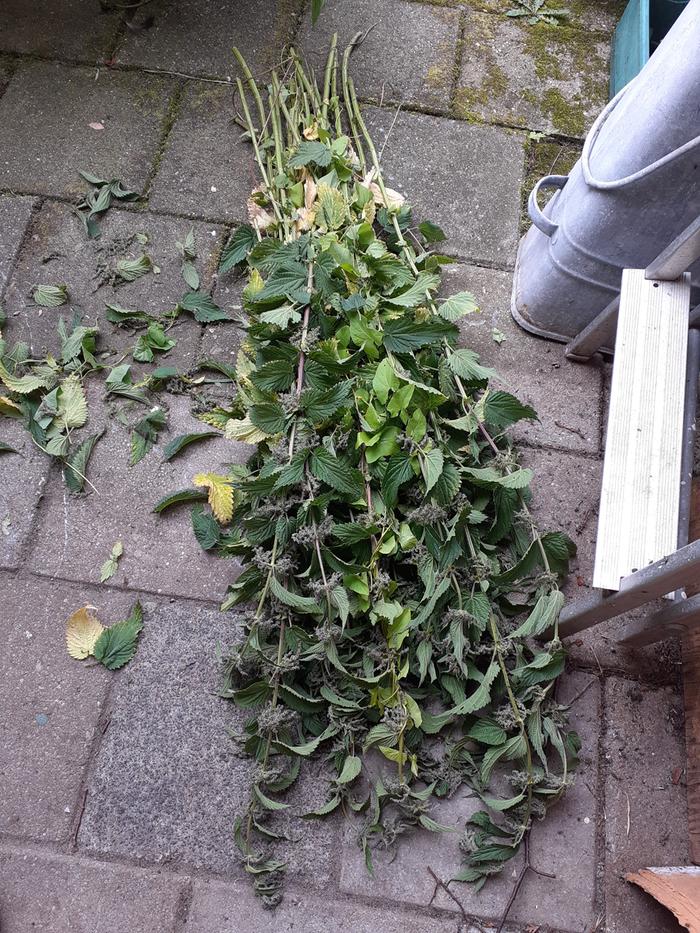
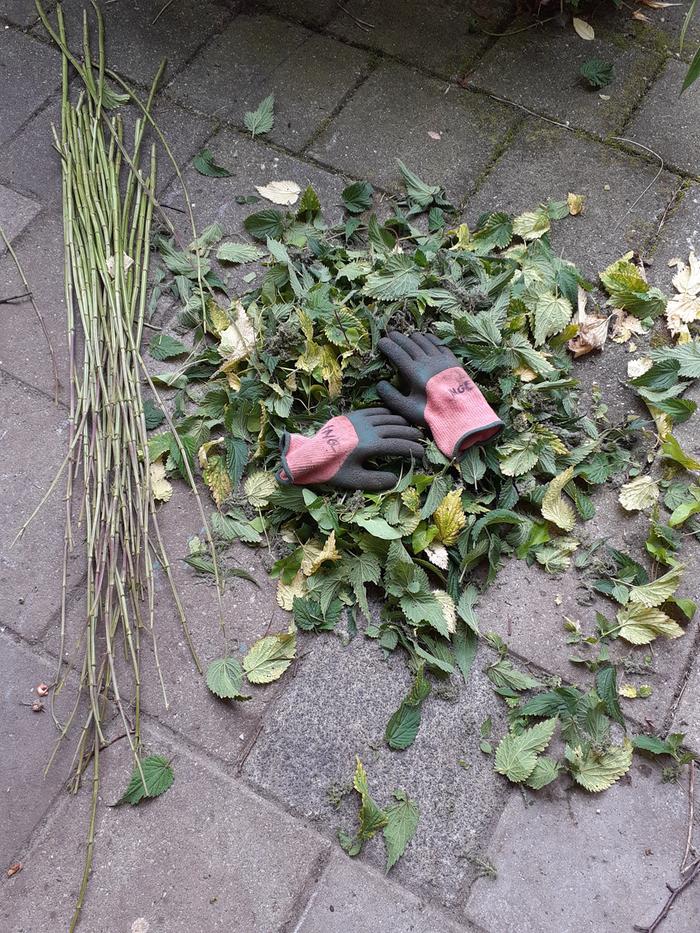

"Also, just as you want men to do to you, do the same way to them" (Luke 6:31)












 4
4




How Permies works: https://permies.com/wiki/34193/permies-works-links-threads
My projects on Skye: The tree field, Growing and landracing, perennial polycultures, "Don't dream it - be it! "

|
Simplicity is the ultimate sophistication. - Leonardo da Vinci / tiny ad
montana community seeking 20 people who are gardeners or want to be gardeners
https://permies.com/t/359868/montana-community-seeking-people-gardeners
|





